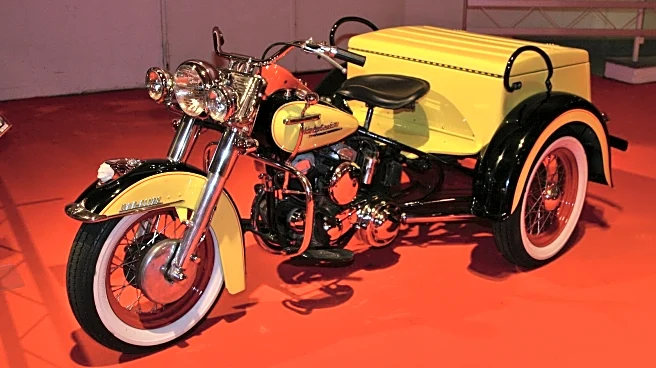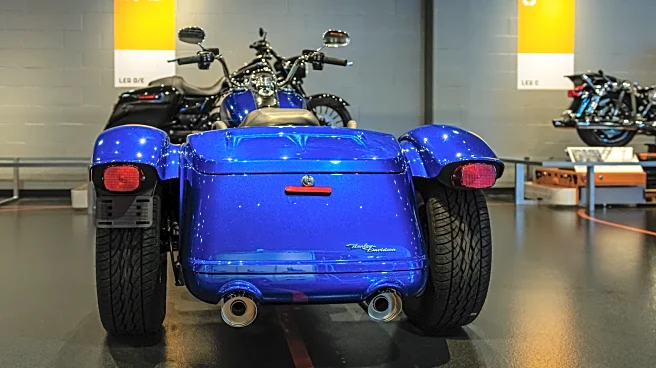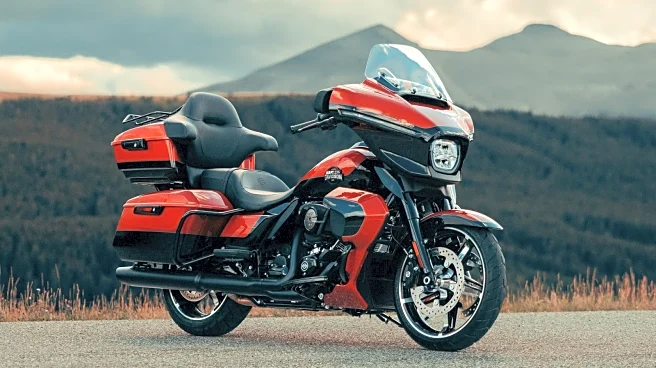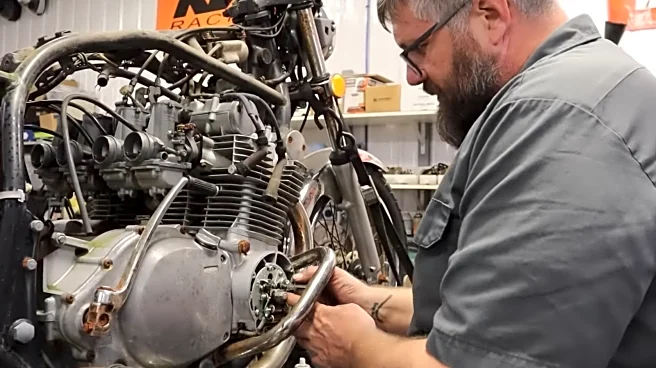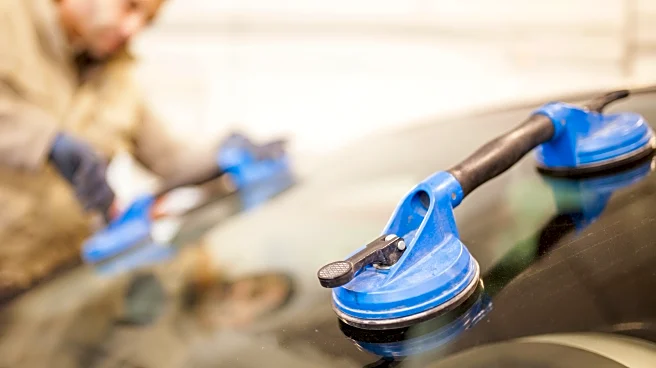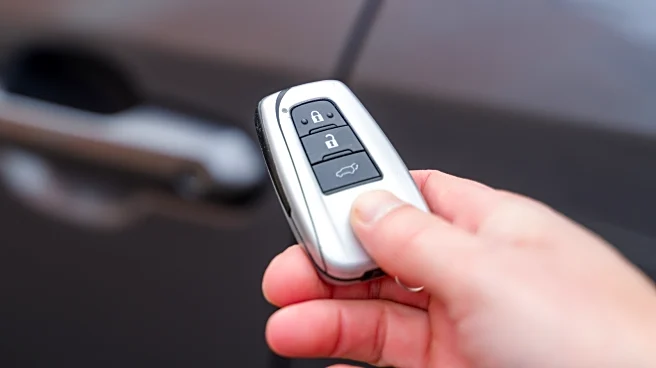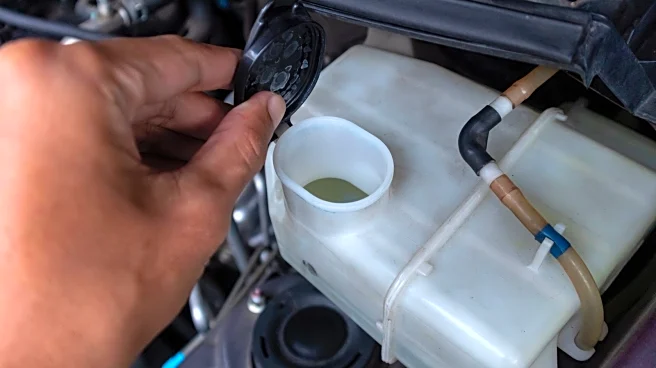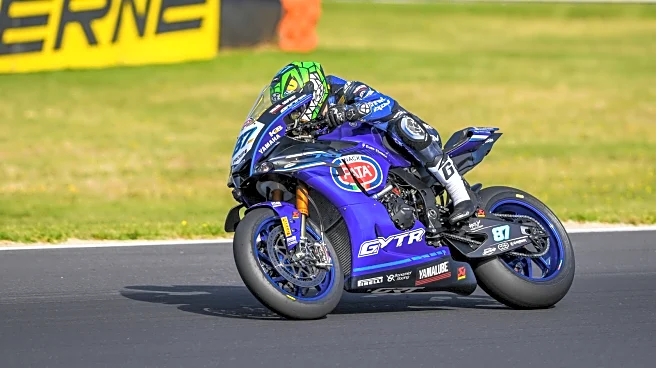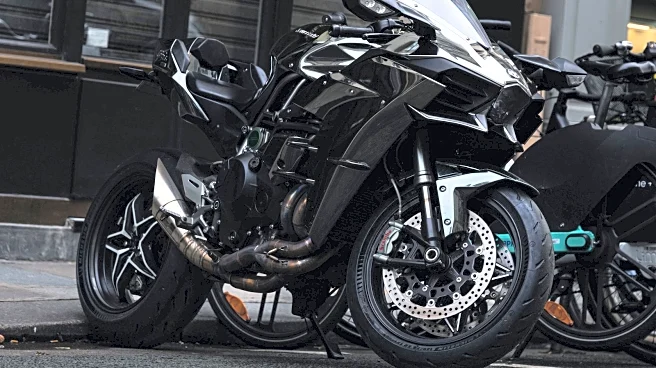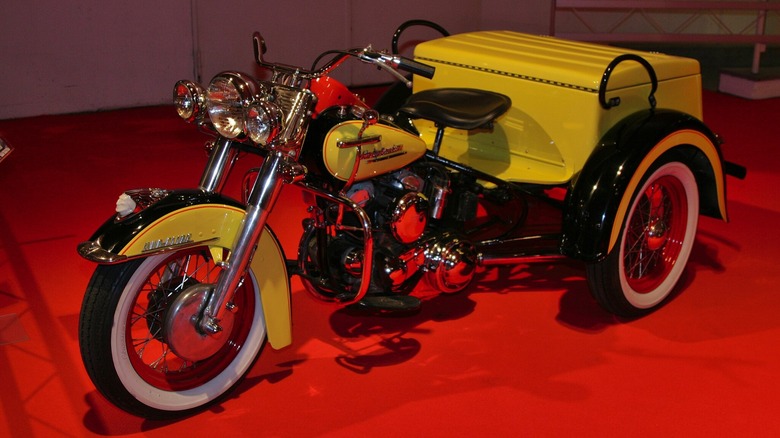
Most people tend to associate Harley-Davidson motorcycles with loud V-twins and cruising on wide open roads, but during the height of the great depression in 1932, the company expanded its market and introduced the Servi-Car as a way to survive difficult times. However, this Harley wasn't built for cruising. instead, this solo trike-style motorcycle solved a practical problem for auto shops: Delivering customer vehicles with just one employee.
A worker could ride the Servi-Car to a customer, hook
it to the back of the customer's car with its built-in tow bar, and then drive the car back to the shop while pulling the Servi-Car behind. Tools were also stored in its utility box to repair vehicles onsite. The heavy-duty trike was powered by Harley's 45 cubic inch, or 740cc flathead V-twin that never changed for its entire 41-year run, while steady upgrades and modernization cemented the Servi-Car as one of the most versatile and useful motorcycles of its time.
Read more: 13 Of The Best Motorcycles For Riders Over 50
Continuous Upgrades That Kept The Servi-Car Alive For 41 Years

Important incremental updates allowed the Servi-Car to stick around for quite a while. For example, the addition of a constant-mesh three-speed transmission with a reverse gear was a very beneficial feature for maneuvering in tight spaces, and just four years later, the recirculating oil system went from the R engine to an improved W series, offering better reliability.
Its back wheels were set 42 inches apart, the same as a lot of cars during that time, so it could ride smoothly in the grooves cars left on dirt roads. Further notable modifications came in 1958, when Harley upgraded the Servi-Car's handling by modifying its neck to adopt the Hydra-Glide's front forks.
The trike can be credited for pioneering convenience within Harley's motorcycle lineup. In 1964, it became the first civilian Harley-Davidson equipped with an electric starter, a year before the iconic Electra Glide. Later models had hydraulic brakes, and by the early 1970s, disc brakes were used on the rear wheels. These improvements made sure the otherwise simple machine stayed relevant and usable across four decades.
The Servi-Car's Journey From Utility Tool To Cultural Icon
Despite the Servi-Car being built for auto garages, its biggest role was in law enforcement. Police departments quickly noticed its potential and started using the trike for traffic and parking enforcement well into the late 20th century, even modifying some models by fitting left-hand throttles so officers could chalk tires while riding. Other businesses, like Bear Photo Service, also had fleets displaying the Servi-Car's various uses.
Yet, by the early 1970s, the Servi-Car's unchanged flathead engine and simple frame were decades out of date. Moreover, enclosed vans and compact trucks became better suited for commercial deliveries and civil work. Because of this, production ended in 1973, wrapping up the longest continuous run of any Harley-Davidson model up to that time.
That being said, the model hasn't completely disappeared; you can still find restored Servi-Cars today for sale and as prized collector's items by enthusiasts and museums preserving their place in motorcycle history.
Want the latest in tech and auto trends? Subscribe to our free newsletter for the latest headlines, expert guides, and how-to tips, one email at a time.
Read the original article on SlashGear.
